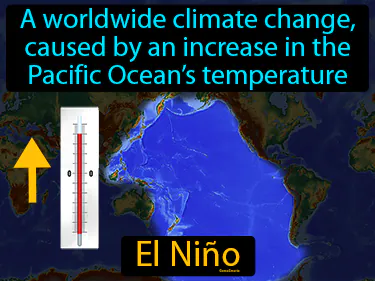New Empires in the Americas
History
chinampas
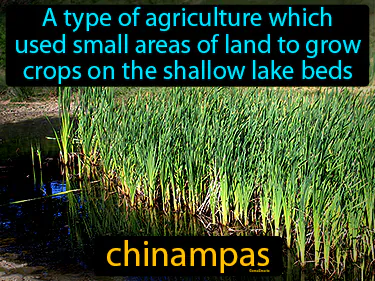
A type of agriculture which used small areas of land to grow crops on the shallow lake beds is called chinampas. Chinampas were floating gardens used by the Aztecs to increase their agricultural production.
codex

An ancient manuscript books used for governmental, religious, and other records. Codex. A codex is an early form of a book used in ancient times to record important information.
gaucho
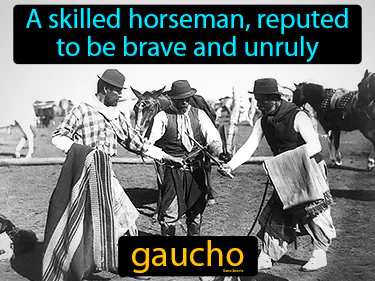
A skilled horseman, reputed to be brave and unruly. Gaucho. Gauchos are South American cowboys known for their role in herding cattle on the Pampas grasslands, especially in Argentina.
land bridge
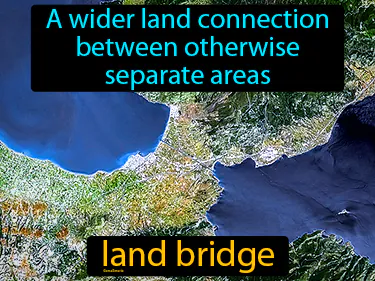
A wider land connection between otherwise separate areas. Land bridge. In history, a land bridge is a strip of land that once connected two larger landmasses, allowing humans and animals to migrate between continents.
Pachacuti Inca Yupanqui
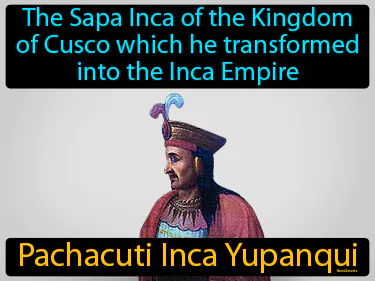
The Sapa Inca of the Kingdom of Cusco, which he transformed into the Inca Empire, was Pachacuti Inca Yupanqui. Pachacuti Inca Yupanqui was a powerful Inca ruler who expanded and organized the Inca Empire in the 15th century.
pampas
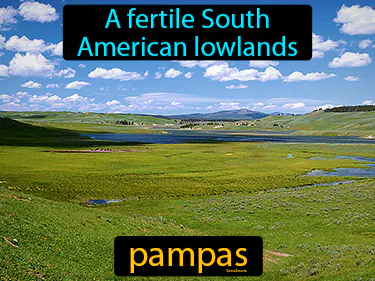
A fertile South American lowlands. Pampas. The Pampas is a vast grassland region in Argentina that played a crucial role in cattle ranching and agriculture.
quipu

A recording device made from strings used by cultures in the Andean region quipu. Quipu is an ancient Incan tool used for keeping records and communicating information through knots and colored strings.
sacrifice
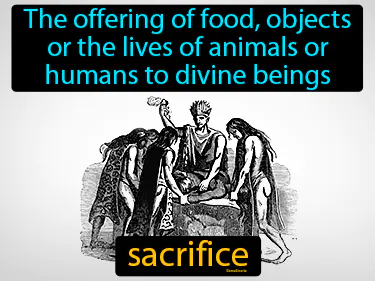
The offering of food, objects or the lives of animals or humans to divine beings. Sacrifice. In history, sacrifice is when people gave valuable things to gods or spirits to seek favor or show devotion.
terrace
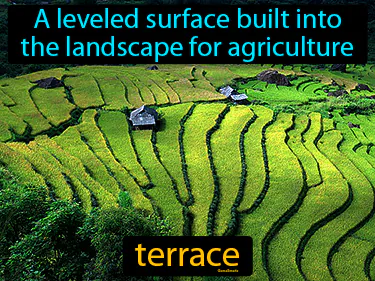
A leveled surface built into the landscape for agriculture. Terrace. In history, terraces are stepped fields often created by ancient civilizations to prevent soil erosion and manage water for farming on slopes.
timberline
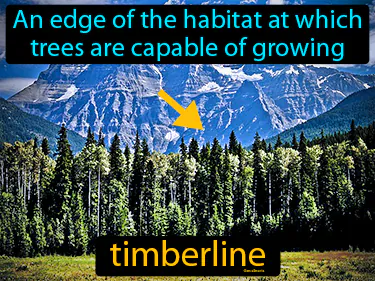
An edge of the habitat at which trees are capable of growing. Timberline. In history, the timberline is where environmental conditions prevented ancient peoples from growing trees in high-altitude or polar regions.
